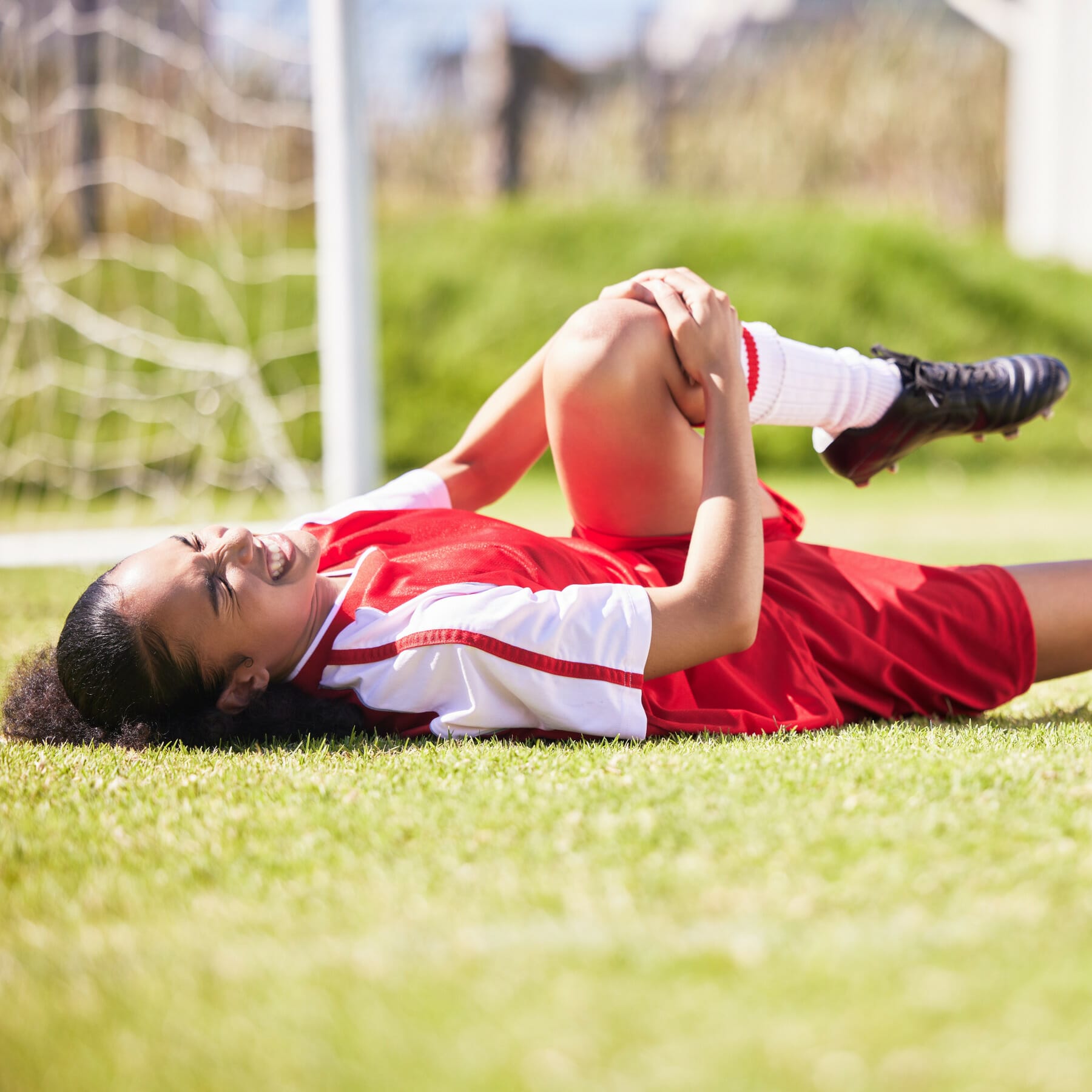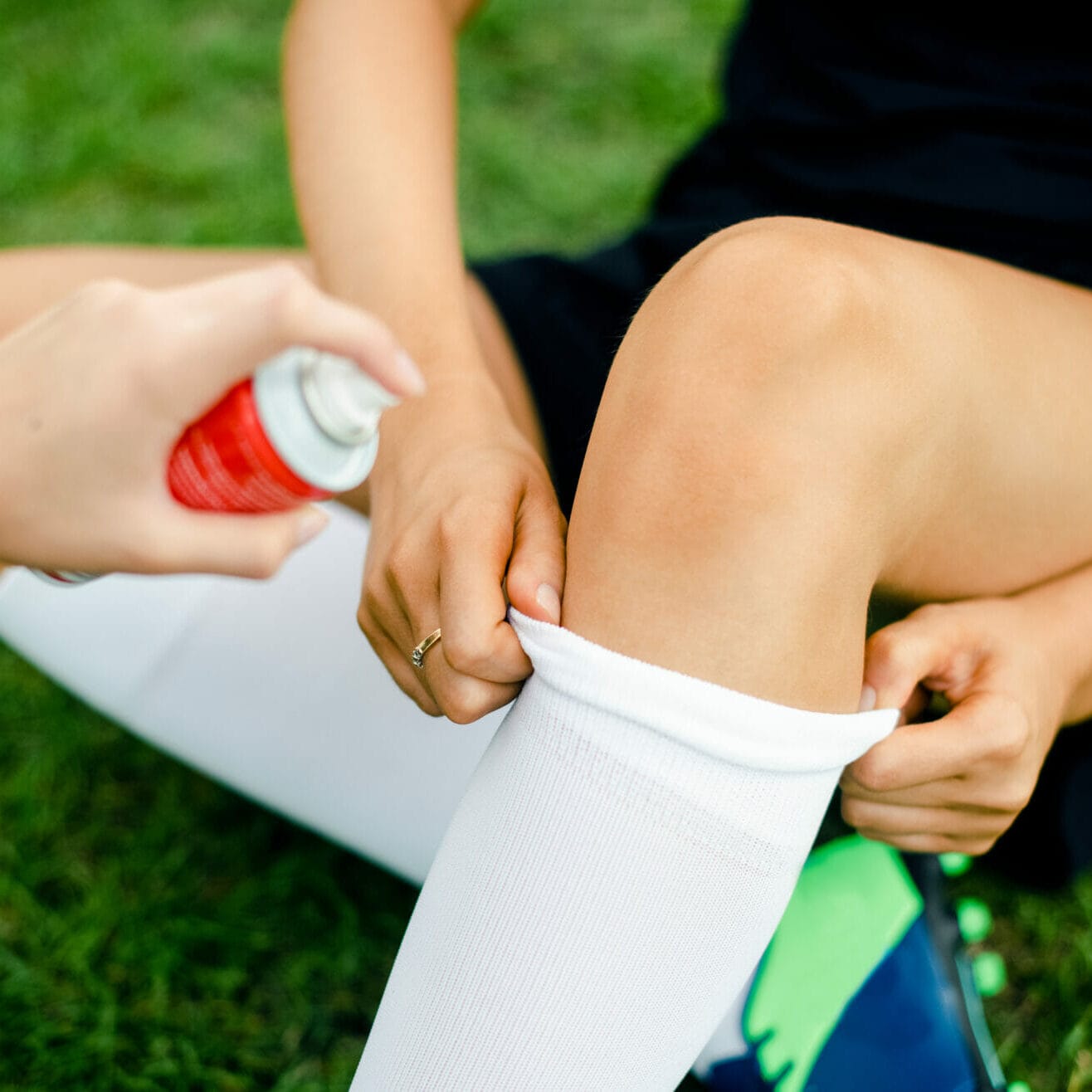ACL Injuries in Female Soccer Players: What You Need to Know

The FIFA Women's World Cup 2023 is here! Many of the world's best female soccer players are gearing up for the tournament. However, some of these players are facing a serious concern: ACL injuries.
ACL injuries are a common occurrence in female soccer players, and they can have a devastating impact on a player's career. In fact, a recent study found that female soccer players are three to six times more likely to tear their ACL than male soccer players.
There are a number of reasons why female soccer players are at an increased risk of ACL injuries. These include:
- Biomechanical differences. Female soccer players tend to have wider hips and a narrower intercondylar notch (the space in the knee where the ACL sits) than male soccer players. This can increase the stress on the ACL and make it more likely to tear.
- Muscle imbalances. Female soccer players tend to have weaker hamstrings and quadriceps muscles than male soccer players. This can also increase the risk of ACL injury.
- Hormonal factors. Oestrogen levels may play a role in the increased risk of ACL injury in female soccer players. Oestrogen is thought to weaken the ACL and make it more susceptible to injury.
- Training errors. Engaging in repetitive cutting and pivoting movements without proper warm-up and training can increase the risk of ACL injury.
ACL injuries can have a significant impact on a soccer player's career. A torn ACL can require surgery and months of rehabilitation. Even after a successful recovery, some players may not be able to return to their previous level of play.
This is a major concern for the FIFA Women's World Cup 2023. Many of the world's best female soccer players are at risk of ACL injuries, and a serious injury could derail their chances of success in the tournament.
There are a number of things that can be done to help reduce the risk of ACL injuries in female soccer players. These include:
- Strength training. Strength training can help to improve muscle strength and balance, which can help to protect the knee from injury.
- Plyometric exercises. Plyometric exercises are exercises that involve rapid muscle contractions, such as jumping and landing. These exercises can help to improve the body's ability to absorb shock, which can help to protect the knee from injury.
- Proper warm-up. Warming up before playing soccer can help to prepare the body for activity and reduce the risk of injury. A proper warm-up should include dynamic stretches and light cardio.
- Avoiding repetitive cutting and pivoting movements. When playing soccer, it is important to avoid repetitive cutting and pivoting movements, especially without proper warm-up and training. These movements can put a lot of stress on the ACL and increase the risk of injury.
In addition to these measures, it is also important for female soccer players to wear proper footwear, maintain a healthy weight, listen to their bodies, take breaks throughout the day, and stretch regularly. By following these tips, female soccer players can help to reduce their risk of ACL injury and stay healthy on the field.
Here are some additional tips for preventing ACL injuries in female soccer players:
- Wear proper footwear. Soccer cleats should provide good support and traction.
- Maintain a healthy weight. Being overweight or obese can increase the risk of ACL injury.
- Stretch regularly. Stretching helps to improve flexibility and range of motion, which can help to prevent ACL injuries.
- Train properly. Make sure to train your muscles in a balanced way, and avoid overtraining.
- Be aware of your surroundings. When playing soccer, be aware of other players and obstacles, and take steps to avoid injury.

The FIFA Knee Injury Prevention Program
The FIFA knee injury prevention program is a comprehensive program that has been designed to help reduce the risk of ACL injuries in soccer players. The program includes a series of exercises that focus on strengthening the muscles around the knee, improving balance, and proprioception (the sense of body position and movement).
The FIFA knee injury prevention program has been shown to be effective in reducing the risk of ACL injuries in soccer players. A study published in the journal The American Journal of Sports Medicine found that female soccer players who participated in the FIFA knee injury prevention program were 30% less likely to suffer an ACL injury than those who did not participate in the program.
The FIFA knee injury prevention program is a safe and effective way to help reduce the risk of ACL injuries in soccer players. The program is designed to be used by players of all ages and skill levels, and it can be easily incorporated into a regular training routine.
Here are the 15 exercises that are included in the FIFA knee injury prevention program:
- Ankle mobility
- Calf stretch
- Hamstring stretch
- Hip flexor stretch
- Quadriceps stretch
- Knee flexion
- Knee extension
- Side plank
- Plank
- Lunge
- Step-up
- Hop
- Lateral hop
- Reactive agility
- Balance
The FIFA knee injury prevention program is designed to be performed twice a week. Each exercise should be performed for 10-15 repetitions, and the program should be completed in a total of 30-45 minutes.
The FIFA knee injury prevention program is a valuable tool that can help female soccer players reduce their risk of ACL injuries. By following the program, players can help to protect their knees and stay healthy on the field.
The FIFA Women's World Cup 2023 is sure to be an exciting tournament, but it is also a tournament where ACL injuries could play a major role. Players, coaches, and medical staff should all be aware of the risks and take steps to prevent ACL injuries from occurring.

